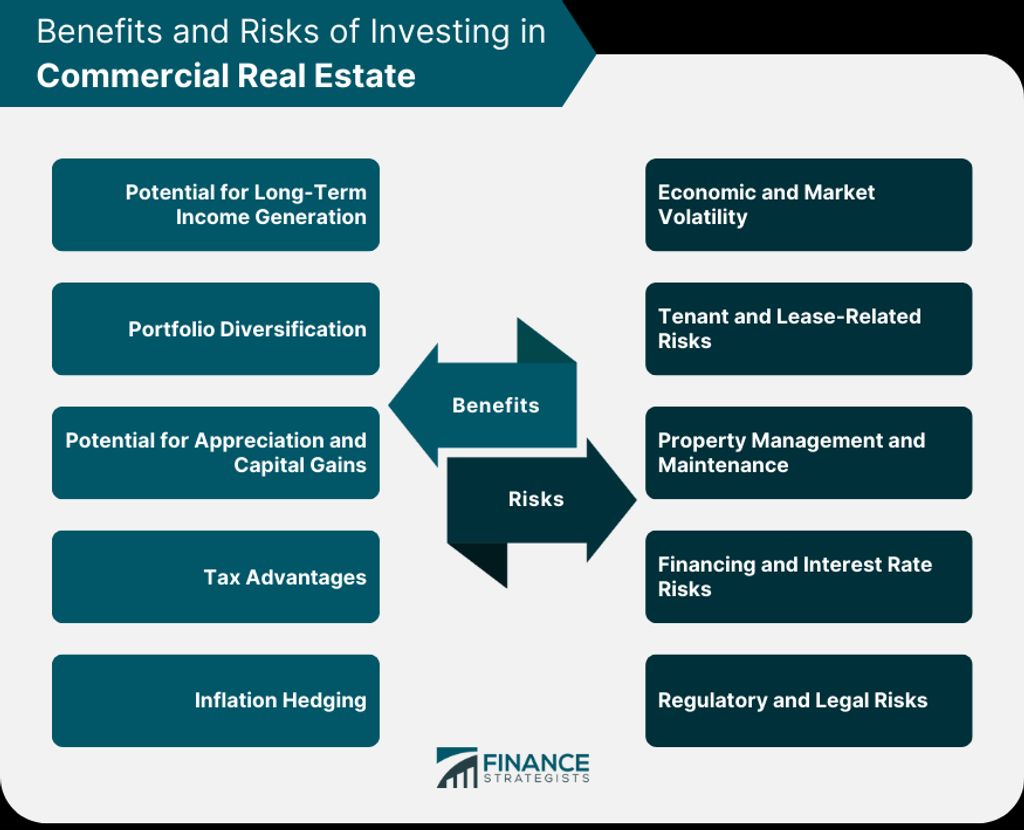Mergers and acquisitions (M&A) have become common strategies for businesses looking to achieve growth and gain a competitive edge. However, the impact of these transactions on business performance is a complex and multifaceted issue. This article aims to analyze the effects of mergers and acquisitions on business performance, exploring the factors that drive growth, the challenges and risks involved, strategies for effective integration, cultural impact, post-merger optimization, managing change and employee engagement, leveraging M&A for market dominance, and drawing insights from case studies. By understanding the key takeaways from this analysis, businesses can make informed decisions when considering M&A opportunities.
Key Takeaways
- Mergers and acquisitions can drive business growth by unlocking synergies between companies.
- However, navigating the challenges and risks in M&A transactions is crucial for success.
- Effective integration strategies are essential for maximizing the benefits of mergers and acquisitions.
- Assessing the cultural impact of M&A is important for ensuring a smooth transition and maintaining employee engagement.
- Post-merger optimization is a critical step in unlocking the full value of a merged entity.
The Art of Mergers and Acquisitions: Unveiling the Business Performance Impact

Unleashing the Power of Synergy: How Mergers and Acquisitions Drive Business Growth
Mergers and acquisitions (M&A) have the potential to significantly impact business performance. By combining forces, companies can leverage their strengths, streamline operations, and tap into new market opportunities. The synergy created through M&A allows businesses to achieve greater operational efficiency, reduce costs, and gain a competitive edge in the industry. This collaboration not only leads to improved performance but also enables companies to unlock value and drive business growth.
One key aspect of M&A is the analysis of performance. Conducting M&A performance analysis helps businesses evaluate the outcomes and effectiveness of their mergers and acquisitions. It provides insights into the success of integration strategies, identifies areas for improvement, and informs future decision-making. By understanding the impact of M&A on business performance, companies can make informed choices and optimize their growth potential.
In addition to performance analysis, it is essential for businesses to consider the cultural impact of M&A. Mergers and acquisitions often involve bringing together employees from different organizational cultures. Managing this cultural integration is crucial for successful post-merger optimization. By fostering a collaborative and inclusive culture, companies can enhance employee engagement, facilitate change management, and ensure a smooth transition. The human factor plays a significant role in the success of M&A, and businesses must prioritize employee well-being and satisfaction throughout the process.
To maximize the benefits of M&A, companies need to develop effective integration strategies. This involves aligning organizational structures, processes, and systems to create a unified and efficient entity. By integrating resources and capabilities, businesses can capitalize on synergies and drive performance improvement. Strategic planning, clear communication, and strong leadership are key elements in achieving successful integration. It is crucial for companies to proactively address challenges and risks, adapt to change, and continuously monitor and evaluate the outcomes of their mergers and acquisitions.
In summary, mergers and acquisitions have the potential to unleash the power of synergy and drive business growth. Through effective integration, businesses can optimize performance, tap into new market opportunities, and gain a competitive advantage. By analyzing performance, considering cultural impact, and implementing strategic integration strategies, companies can maximize the value of their mergers and acquisitions and achieve long-term success.
Navigating the Choppy Waters: Challenges and Risks in Mergers and Acquisitions
Mergers and acquisitions can be a game-changer for businesses, offering opportunities for growth, expansion, and cost efficiencies. However, the journey is seldom without challenges, such as cultural integration and regulatory hurdles. By carefully considering the potential benefits and challenges, and conducting thorough due diligence, companies can harness the transformative power of mergers and acquisitions to navigate the ever-changing business landscape successfully.
One of the key challenges in mergers and acquisitions is the cultural integration between two companies. Merging different corporate cultures can pose challenges in terms of employee morale and productivity. It requires careful coordination and effective communication between different teams and departments. Additionally, the legal and regulatory processes involved in mergers and acquisitions can be complex and hinder progress. Harmonizing IT systems and technological infrastructure is another crucial aspect that needs to be addressed.
Despite these challenges, mergers and acquisitions offer numerous benefits. They can lead to increased market share, propelling companies to the top of their industry. Mergers and acquisitions also provide opportunities for risk mitigation by diversifying through entering new markets or expanding product portfolios. By reducing dependency on a single market or product line, companies can mitigate risks and ensure long-term sustainability.
In summary, mergers and acquisitions are not without their challenges, but with careful planning and execution, businesses can unlock their full potential and drive growth and success.
The Key to Success: Strategies for Effective Integration in Mergers and Acquisitions
Successful integration is crucial for the overall success of mergers and acquisitions. It involves bringing together two separate entities and creating a cohesive and unified organization. To achieve this, companies need to focus on several key strategies:
-
Clear Communication: Open and transparent communication is essential during the integration process. It helps to align the expectations of both organizations and ensures that everyone is on the same page.
-
Cultural Alignment: Understanding and addressing cultural differences is vital for a smooth integration. Companies should invest time and effort in cultural assessments and develop strategies to bridge any gaps.
-
Leadership and Talent Management: Strong leadership is crucial in guiding the integration process. Identifying and retaining top talent from both organizations is also important to maintain continuity and drive success.
-
Technology Integration: Integrating IT systems and infrastructure is a critical aspect of integration. Companies should carefully plan and execute the integration of technology to ensure seamless operations.
-
Change Management: Mergers and acquisitions often bring significant changes to the organization. Effective change management strategies, including clear communication, training, and support, are essential to help employees navigate through the transition.
-
Post-Merger Evaluation: Regular evaluation of the integration process is necessary to identify areas of improvement and make necessary adjustments. This evaluation should include both quantitative and qualitative measures to assess the overall success of the integration.
By implementing these strategies, companies can increase the chances of a successful integration and maximize the business performance of mergers and acquisitions.
Beyond the Numbers: Assessing the Cultural Impact of Mergers and Acquisitions
When analyzing the effects of mergers and acquisitions on business performance, it is crucial to go beyond the numbers and consider the cultural impact. Corporate governance analysis in mergers and acquisitions plays a significant role in understanding the dynamics of these transactions. It involves evaluating the alignment of corporate cultures, leadership styles, and decision-making processes.
One key highlight in corporate governance analysis is the assessment of cultural differences between the merging entities. These differences can create challenges in integrating the two organizations and may impact the overall performance of the merged entity. By identifying and addressing these cultural differences, companies can mitigate potential risks and enhance the chances of a successful integration.
Another important aspect is the convergence and crossvergence of cultures. In international acquisitions, cultural differences between countries can influence knowledge transfer and collaboration. Understanding how these cultural factors interact and evolve during the integration process is crucial for maximizing the benefits of the merger or acquisition.
To assess the cultural impact of mergers and acquisitions, companies can utilize various tools and methodologies. One approach is conducting cultural due diligence, which involves assessing the cultural compatibility and identifying potential areas of conflict. This process helps companies develop strategies to bridge cultural gaps and foster a harmonious work environment.
Additionally, companies can implement cultural integration programs that focus on aligning values, norms, and behaviors across the merged organization. These programs can include training sessions, workshops, and cultural exchange initiatives to facilitate a smooth transition and promote a shared organizational culture.
In summary, assessing the cultural impact of mergers and acquisitions goes beyond the financial aspects. It involves understanding and managing the corporate governance analysis, cultural differences, convergence, and crossvergence. By prioritizing cultural integration and addressing potential challenges, companies can unlock the full potential of the merger or acquisition and drive business performance.
Unlocking Value: Maximizing Business Performance through Post-Merger Optimization
Post-merger optimization is a critical phase in the process of mergers and acquisitions. It involves identifying and implementing strategies to maximize the value and performance of the combined entity. By leveraging synergies and streamlining operations, companies can unlock significant value and drive business growth.
One key aspect of post-merger optimization is mergers and acquisitions analysis. This involves conducting a thorough assessment of the financial and operational performance of the merging companies. By analyzing key metrics such as revenue, profitability, and market share, organizations can gain valuable insights into the effectiveness of the merger and identify areas for improvement.
In addition to quantitative analysis, it is important to consider qualitative factors when evaluating post-merger performance. Factors such as cultural fit, employee engagement, and customer satisfaction can have a significant impact on the success of the integration process.
To ensure a successful post-merger optimization, companies should consider the following strategies:
- Establish clear goals and objectives: Clearly define the desired outcomes of the merger and set specific targets for performance improvement.
- Align organizational structures: Streamline operations and eliminate redundancies to create a more efficient and agile organization.
- Invest in talent development: Provide training and development opportunities to employees to enhance their skills and capabilities.
- Communicate effectively: Maintain open and transparent communication channels to address concerns and build trust among employees.
By implementing these strategies and conducting thorough mergers and acquisitions analysis, organizations can unlock the full potential of the merger and achieve maximum business performance.
The Human Factor: Managing Change and Employee Engagement in Mergers and Acquisitions
Managing change and employee engagement is crucial during mergers and acquisitions (M&A). It is a time of uncertainty and anxiety for employees, as they face the prospect of organizational changes and potential job losses. However, effective management of the human factor can lead to positive outcomes and smooth integration.
Here are some key considerations for managing change and employee engagement in M&A:
-
Clear Communication: Transparent and timely communication is essential to address employee concerns and build trust. It is important to provide regular updates and clarify the objectives and benefits of the M&A.
-
Employee Involvement: Involving employees in the decision-making process and seeking their input can enhance engagement and reduce resistance. This can be done through surveys, focus groups, or town hall meetings.
-
Training and Development: Providing training and development opportunities during the integration process can help employees acquire new skills and adapt to the changes. This can boost morale and increase productivity.
-
Cultural Integration: Recognizing and addressing cultural differences between the merging entities is crucial for successful integration. It is important to foster a sense of belonging and create a shared organizational culture.
-
Change Management Support: Offering support and resources for employees to navigate the changes can alleviate stress and facilitate a smoother transition. This can include coaching, counseling, and access to relevant information and resources.
-
Employee Recognition: Recognizing and rewarding employees for their contributions and efforts during the integration process can boost morale and motivation. This can be done through performance-based incentives, public acknowledgments, or team-building activities.
-
Monitoring and Feedback: Regularly monitoring employee satisfaction and engagement levels and seeking feedback can help identify areas of improvement and address concerns in a timely manner.
Managing change and employee engagement effectively can lead to a more successful integration and maximize the advantages of asset acquisition.
From Competition to Collaboration: Leveraging Mergers and Acquisitions for Market Dominance
Mergers and acquisitions analysis plays a crucial role in determining the success of business ventures. It involves evaluating the financial, operational, and strategic aspects of combining two or more companies. By conducting a comprehensive analysis, companies can identify potential synergies and risks, allowing them to make informed decisions. This analysis helps in assessing the compatibility of the merging entities, understanding the impact on market dynamics, and predicting the future performance of the merged entity. Through mergers and acquisitions analysis, companies can strategically position themselves for market dominance and gain a competitive edge.
Lessons from the Past: Case Studies on Mergers and Acquisitions and their Business Performance Outcomes
Analyzing the effects of mergers and acquisitions on business performance provides valuable insights into the outcomes of these strategic moves. One important aspect to consider is the potential deterioration in reputation that can occur as a result of a poorly executed merger or acquisition. Research has shown that when companies fail to effectively integrate their operations and cultures, it can lead to negative perceptions among stakeholders and customers. This can result in a loss of trust, decreased customer loyalty, and ultimately, a decline in business performance.
To avoid such negative consequences, companies must prioritize effective integration strategies. This includes aligning organizational structures, systems, and processes, as well as fostering open communication and collaboration between the merging entities. By proactively addressing cultural differences and ensuring a smooth transition, companies can mitigate the risk of reputation deterioration and maintain positive business performance.
In addition to reputation management, other factors play a crucial role in determining the success of mergers and acquisitions. These include strategic planning, financial analysis, and post-merger optimization. By carefully evaluating potential synergies, conducting thorough due diligence, and implementing effective integration plans, companies can unlock value and drive business growth.
It is also important to recognize the human factor in mergers and acquisitions. Managing change and employee engagement is essential for a smooth transition and successful integration. Companies should prioritize clear communication, provide support and training to employees, and create a culture of collaboration and shared goals. By involving employees in the process and addressing their concerns, companies can foster a sense of ownership and commitment, leading to improved business performance.
Learning from past experiences is crucial in navigating the complexities of mergers and acquisitions. Case studies provide valuable insights into the challenges, risks, and outcomes of these strategic moves. By analyzing both successful and unsuccessful mergers and acquisitions, companies can learn valuable lessons and apply best practices to their own strategies. These lessons can help companies avoid common pitfalls, make informed decisions, and maximize business performance in future mergers and acquisitions.
Conclusion
In conclusion, mergers and acquisitions have a significant impact on business performance. Research has shown that there are both positive and negative effects of M&As on operating performance. Synergies and resource allocations play a crucial role in determining the success of post-acquisition performance. While some studies have found an increase in operating performance after M&As, others have not. Factors such as cash financing, size differences, and pre-existing performance of the combining firms can influence the outcomes. Additionally, the presence of anti-takeover provisions can also affect the performance of merged entities. Further research is needed to fully understand the complex dynamics of M&As and their impact on business performance. Overall, M&As present both opportunities and challenges for organizations, and careful consideration should be given to strategic planning and integration processes to maximize the benefits and mitigate the risks associated with these transactions.



